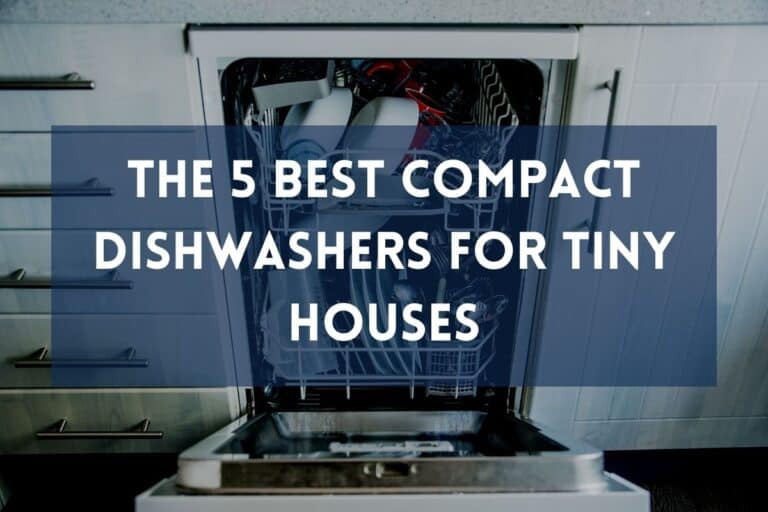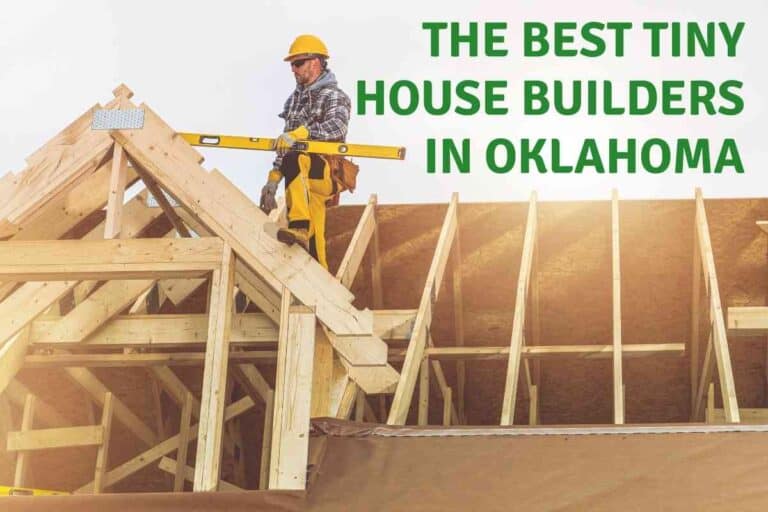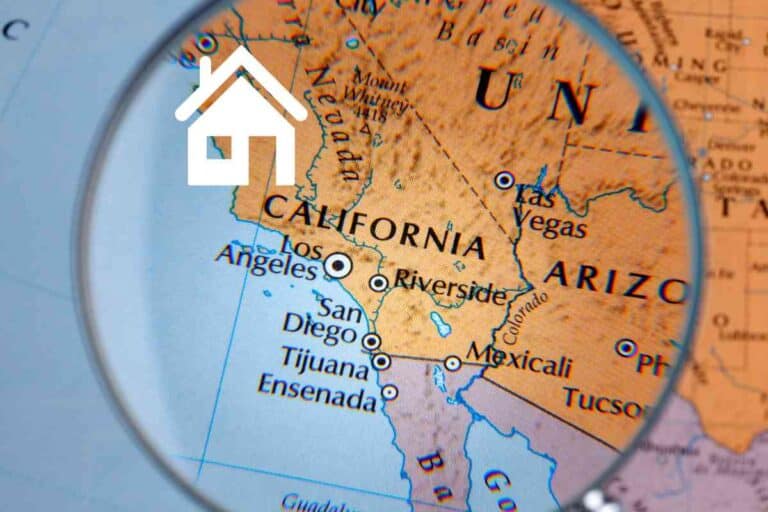Tiny Houses: Can You Live in One Permanently?
When it comes to living spaces, most of us are used to the idea that bigger is better. But is it? The tiny house movement has taken the world by storm and people are finding that living in a compact, energy-efficient home is not only practical but also beneficial. But can you live in one all year long?
It is possible to live permanently in a tiny house. Doing so may save money and help reduce stress on the environment. One of the main things you need to consider is zoning laws and regulations. Also, consider the size of your house and whether you’re willing to live in such a small space.
In this blog post, we’ll explore whether or not it’s feasible for someone to live permanently in one of these homes and answer some frequently asked questions along the way.
##What are tiny houses and why live in one?
A tiny house is a home that measures anywhere from less than 100 to 400 square feet, although some would define any home up to around 800 square feet a tiny house. They’re affordable, sustainable, and you’ll have living space for basics like your bed, couch, desk, etc.
These homes are often one level only with no more than two rooms and can be built off-site then transported to the location. Some tiny houses are anchored into a foundation, but many of them are mounted on trailers for mobility,
Tiny houses are considered a viable option for those who want to downsize and save money or simplify their lives and be more eco-friendly by not consuming as much energy on heating and cooling the home year-round.
Another reason many people are drawn to this lifestyle is the sense of community. While some tiny house owners like to live very individually, others prefer living in one of the many communities that are popping up across the country and around the world. Perhaps for them, it brings together people who can help each other out with advice and support and have a similar mindset about how life should be lived purposefully.
##Is It Legal to Live in A Tiny House?
It’s important to address the legality of living in a tiny house permanently. In most places, you will have to consider zoning laws, building codes, and building permits. In some states (and counties) these regulations will make the process of building a tiny house difficult while in others there are very few legal hurdles to overcome.
You’ll need to check with your local city or county for any legal limitations related specifically to these types of homes. Alternatively, it can often be less complicated legally to build a tiny house on wheels as it can be registered as an RV – as long as it is inspected and approved.
Although there are some regulations to consider, permanently living in a tiny house is legal in most locations.
##Can You Stay Warm in A Tiny House?
Insulation is key to staying warm in small spaces, as is the case for any other home type. A well-insulated tiny house with good ventilation will easily maintain a livable indoor environment during the winter months.
In fact, one benefit of tiny homes compared to a traditional house is that it is typically easier to maintain a good temperature without blasting the heat – or air conditioning. This is mainly because it takes less energy to keep a small home warm in winter and cool in summer than larger homes. Tiny house designs also minimize drafts by avoiding wide expanses of glass or other materials vulnerable to letting in cold air.
Here are some helpful tips on how to maintain the ideal temperature for living in a tiny house:
- Position your home according to your climate. In cold climates, you will want to orient your home in a way that your largest windows are facing the sun. Whereas in very hot climates you might want to orient the house with the door and windows facing east and west, in order to enjoy a natural airflow during the warmer months.
- Install a radiant barrier. This can be installed in an attic, or anywhere you have space. Radiant barriers are made of reflective foil which covers up walls and ceilings. They keep heat from dispersing out of your house during winter .
- Install a solar panel. Solar panels are an excellent way to produce some of your own energy and will help decrease the cost that you pay for electricity.
- Consider adding insulation to any gaps in the walls or ceiling, as well as between floors if applicable.
##Are there any downsides to living in tiny homes?
Not all is rosy when it comes to tiny homes, however. There are some considerations that you should be aware of before purchasing or building one:
One of the biggest challenges is that tiny houses may not be as weather-resistant, and living in a tiny home may not be the best choice if you live somewhere with extreme weather conditions or need your house to withstand heavy winds. This is particularly true if placed on a trailer as they will be lighter and with a high center of gravity. Of course, these are generalizations and with the right effort, a tiny house can be just as sturdy as any large house.
Some people may be concerned by the lack of privacy, as there typically isn’t a lot of space that can be designated for personal use. Tiny houses also have less room available in general which means you’ll need to spend more time planning out where everything should go. Although this downside does come with advantages, too: living in a small space forces people into material minimalism which can help declutter your life.
Often tiny homes don’t accommodate wheelchairs or other mobility devices like walkers, which could be an issue if you or any of your visitors are disabled. In which case be sure to take into account aspects like access and the layout of your home before deciding on a design as it will need to accommodate their needs.
Lastly, if you don’t have the funds to pay cash, tiny houses can be difficult to finance. You may be able to get a traditional home loan if you comply with all the building codes and requirements on your foundation in a tiny house, whereas financing a tiny house on wheels is more complicated.
##What is the future for tiny houses?
Tiny homes are growing in popularity, and the future looks bright for those who want to live small. The tiny house movement is a new way of living that’s on track to make your life simpler without being labeled as poor or homeless. People are building their own houses from scratch using reclaimed materials like wood pallets and old wine barrels, which makes for frugal and environmentally friendly homes.
In the next decade, tiny house living is predicted to be a booming industry and movement, in part thanks to increased media attention but also caused by economic challenges. People are moving away from larger homes in search of simplicity. I believe that small houses offer a practical and affordable way to live as we strive for self-sufficiency and financial freedom.
##In Summary
There are many ways you can make a permanent living situation in a tiny house. But, it’s not a decision that should be made overnight. If the idea of living in a tiny house appeals to you, it’s worth considering if it’s also practical for your situation. There are plenty of advantages and disadvantages that come with this lifestyle choice so don’t rush into it.
If you’re thinking about buying a tiny house, or trying it out for the first time and not sure how long you want to live in your tiny house, consider renting one for a while.






